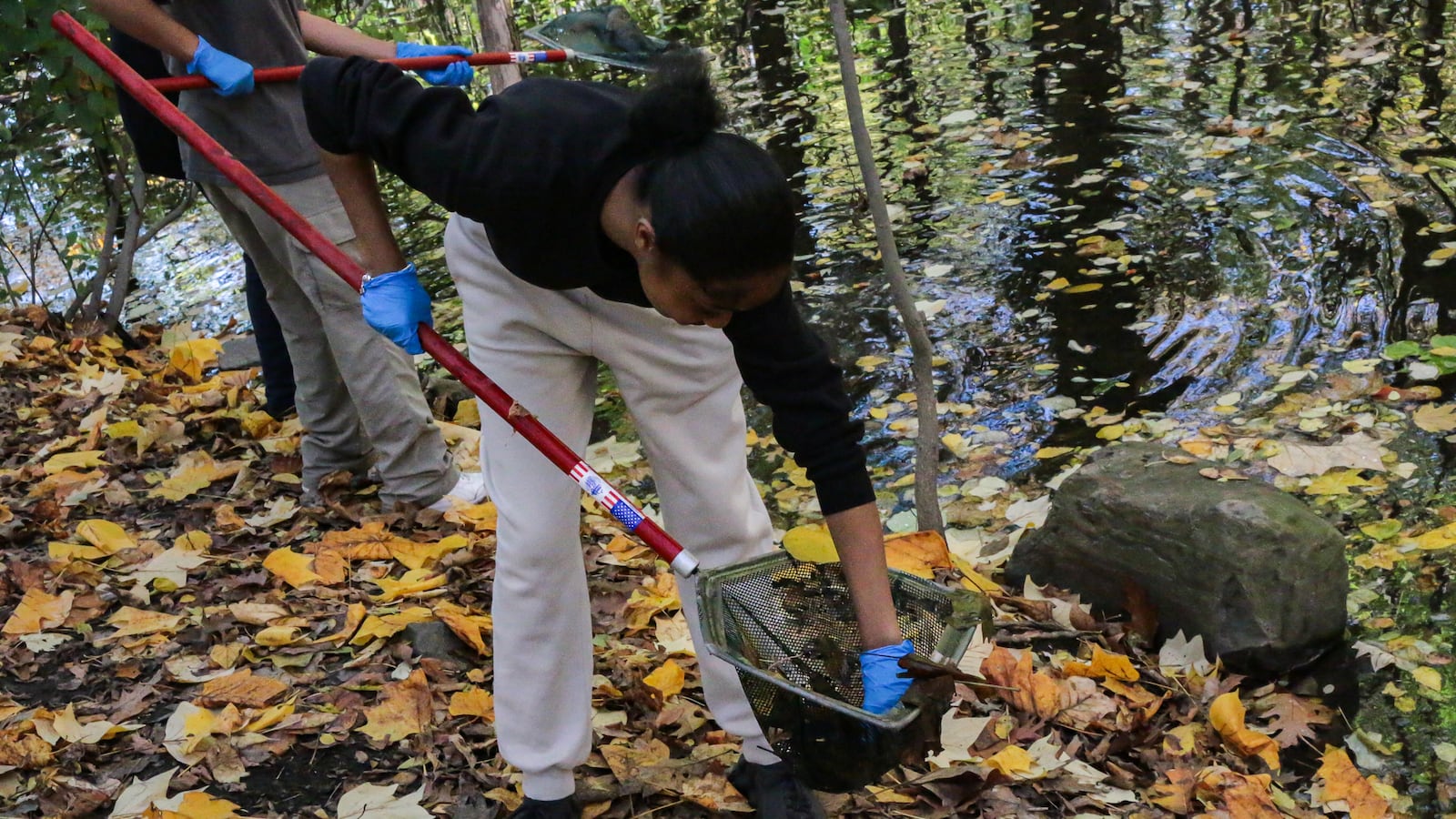Starting freshman year this September at Brooklyn’s Edward R. Murrow High School, River Wedding felt overwhelmed by its hulking campus with more than 3,500 other students.
The 15-year-old quickly sought advice from their middle school guidance counselor. Within days, they transferred to a city-run program called A School Without Walls, joining its inaugural class of 55 ninth graders.
“There was like nine people in the class,” said River, who uses they/them pronouns. “I was just like, ‘Whoof, I can breathe.’”
The new school uses a hybrid learning model, where students alternate between completing coursework at home and in traditional classrooms. But unlike the hybrid program that schools hastily adopted during the height of the pandemic — when students had more limited interactions with teachers during remote instruction and fewer opportunities to work with peers when in the classroom — the leaders behind School Without Walls hope to overhaul that approach.
Students said the new school offers more structure and individual guidance for remote instruction than they experienced during the pandemic. But the most significant change is the school’s focus on projects and fieldwork that are conducted away from students’ homes and classrooms — opportunities that the school’s leaders say would be more difficult to pull off within a traditional schedule.
“We’re using hybrid learning so that students have better access to resources in New York City and can engage in real-world learning,” said Veronica Coleman, the program’s principal. “For some students, going back to a building for a full day just didn’t feel like it was for them anymore.”
For now, students spend half of each day at home completing assignments and working with their teachers online. The rest of the day unfolds in person at an education department building in Downtown Brooklyn. As the program expands into 10th, 11th, and 12th grades over the next three years, students are expected to spend less time on traditional coursework.
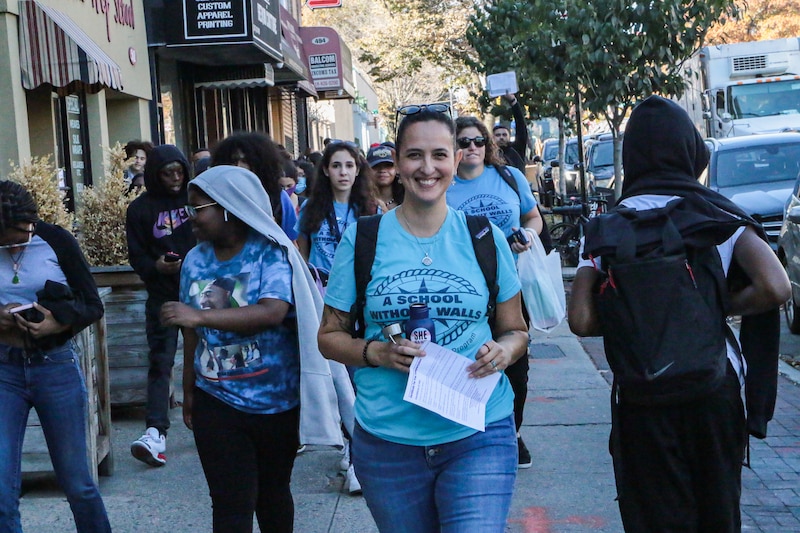
Upperclassmen will complete at least one “passion project” of their own design. Some students are already thinking about topics ranging from graffiti and street art to fashion design that escapes traditional gender norms. Those projects will also incorporate internships, college coursework, or other work-based learning opportunities to foster a “better understanding of what it is that they might want to do after high school,” Coleman said.
The school was under development before Chancellor David Banks took office, but it lines up with some of his early priorities, such as giving students a chance to explore career interests well before graduation. Banks has also said that he wants to build alternative programs that high school students find more engaging.
A last-minute addition to high school admissions lineup
It remains to be seen how popular the hybrid program will become. Though the school offered 100 seats this fall, it saw a little more than half of those spots filled.
The school had limited time to entice students to apply, Coleman said, as the city announced that applications for the program had opened just before the high school admissions deadline. The program also initially recruited students alongside a separate fully virtual program, also called “School Without Walls,” leading to some confusion among roughly 15 students who later withdrew. (The city plans to change the name of the fully virtual program.)
Several students who enrolled said they were enjoying the program so far and appreciated the program’s unusual structure. One student, for example, said the ability to work from home for half the day enabled him to help care for his grandmother.
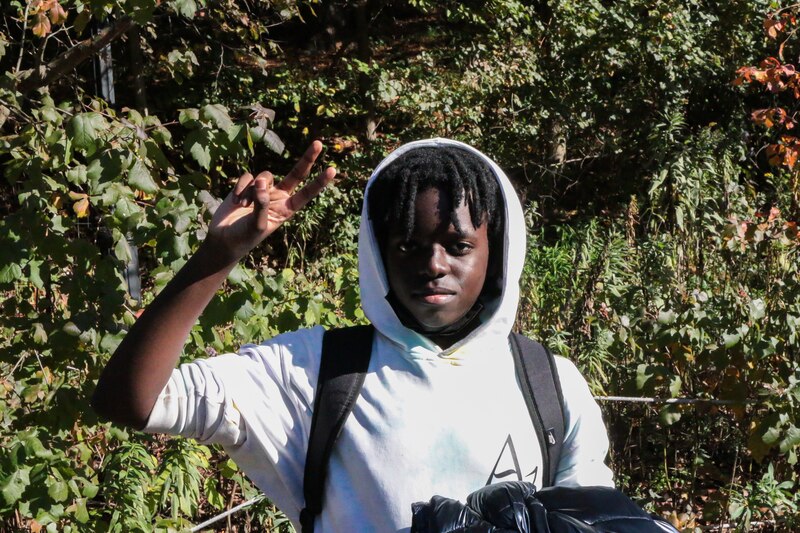
Another student, Lena Gestel, said she was initially skeptical of School Without Walls, but soon discovered the hybrid model allowed her to take dance classes that would have conflicted with the traditional school day.
“It’s way better for my schedule,” said 14-year-old Gestel. Plus, she’s been able to get one-on-one help from her teachers if she’s struggling to complete assignments.
One of the school’s biggest draws, though, is the chance to get out of the traditional classroom and explore the city, especially after many students spent long stretches of the pandemic confined to their homes.
Students have already taken several off-campus excursions including visits to parks near the school’s Downtown Brooklyn headquarters. They conducted “empathy interviews” to learn how people are using the public spaces and how they could be improved. Thanks to a partnership with the park’s department, students will have the chance to directly pitch their ideas to the agency, Coleman said.
On a recent Wednesday, a trip focused on environmental science sent students to Prospect Park to learn about the local ecosystem. During an hour and a half hike, they learned about local vegetation and also got some exercise — their Downtown Brooklyn building doesn’t have a gym for traditional physical education classes.
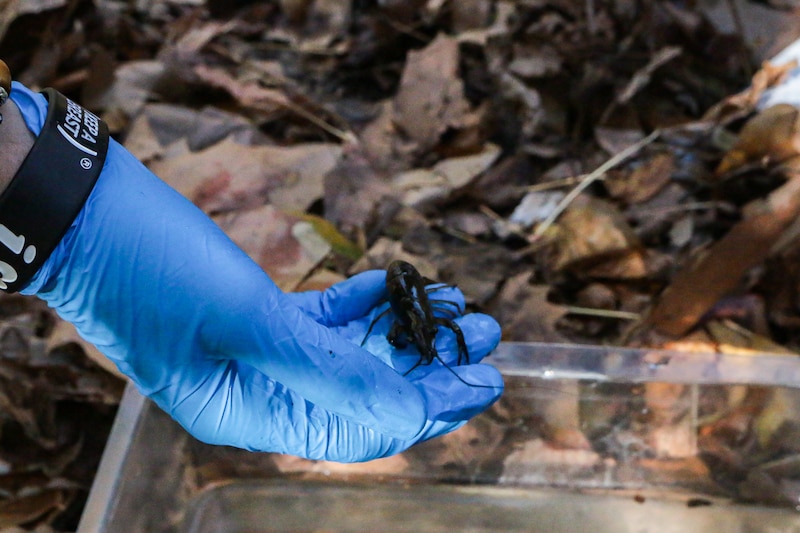
Guided by parks department and school staff, the students snapped on blue rubber gloves and plunged nets into a creek, unearthing leaves, mud, and crayfish. Later, they conducted water quality tests for pH, temperature, nitrate, and dissolved oxygen. They tested hypotheses about whether the water was healthy enough to sustain aquatic life.
“We’re just used to like buildings and stuff,” said 14-year-old Faris Moataz, adding that he’s been happy to spend time in nature. “Just to like know that this is here — it’s also cool.”
Work at your own pace
The school was designed in collaboration with NYC Outward Bound, a nonprofit that supports a network of public schools that typically include intensive projects, outdoor education, and an advisory program called “Crew” where students bond with each other and a faculty advisor over multiple years. School Without Walls received funding from the XQ Institute, a deep-pocketed organization that finances groups that are trying to rethink the way high schools operate. A group of student interns also provided input on the school’s design.
Moataz and other students said they appreciated the School Without Walls’ unconventional approach to academics. The program uses a “competency-based” method of instruction where educators ensure students have mastered specific skills before moving on. Students receive narrative evaluations rather than traditional letter grades.
“This school, like, really helps you so that you can actually understand what you’re doing,” said Moataz. “They’re not mandatory on the deadline. So like if you do [an assignment] a couple of days after, they’ll still take it.” He also likes being able to complete assignments from home, where he often finds it easier to concentrate.
Other students were more nervous about the school’s remote learning component, especially after their experiences with online instruction during the pandemic.
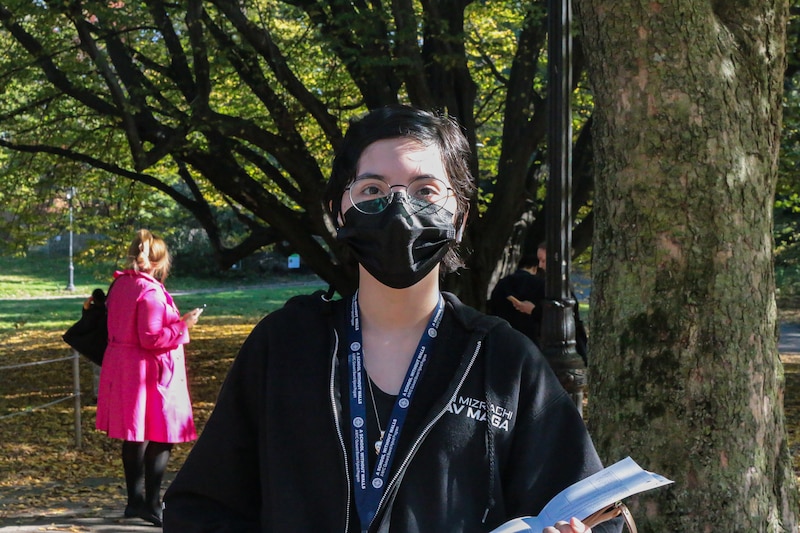
River, the student who transferred from Murrow, said it was a big challenge to manage their time when they were learning remotely in middle school during the pandemic.
“I was like, no teachers, completely all on me, my grades were going down,” River said, adding that they missed long stretches of school. “I didn’t know what to do.”
But when they arrived at School Without Walls, River said the teachers offered plenty of help with remote coursework and weren’t “really controlling” or “very strict,” which helps motivate them to stick with their assignments.
“You don’t feel like you have to get it done immediately,” they said. “And you don’t feel stressed, and then push it away.”
Alex Zimmerman is a reporter for Chalkbeat New York, covering NYC public schools. Contact Alex at azimmerman@chalkbeat.org.

